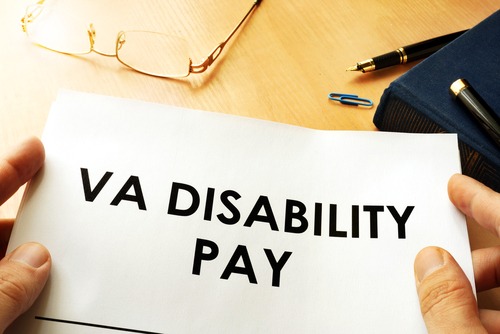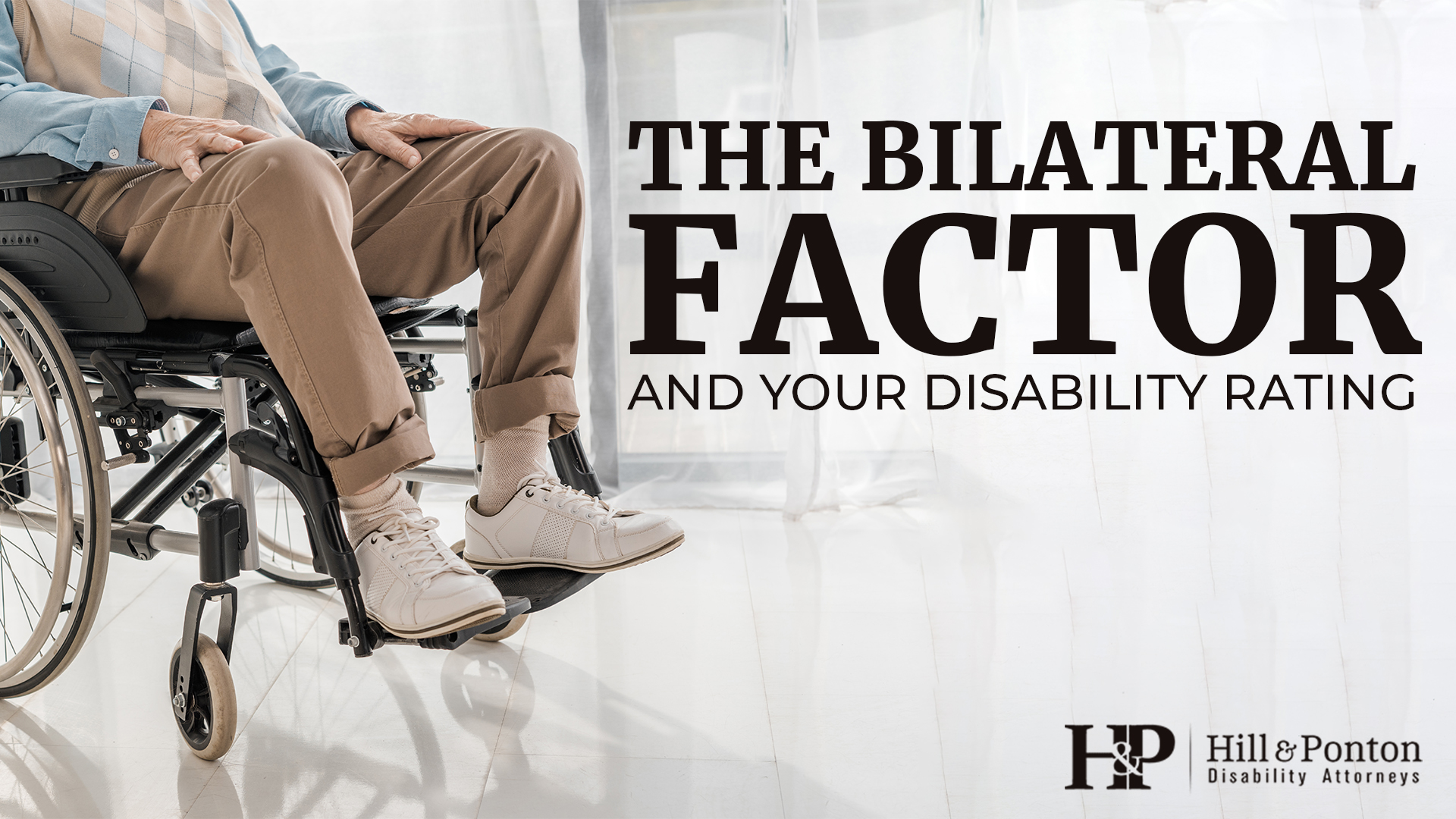What Is The Va Rating For Patellofemoral Syndrome
rating wallpaperUse of this hyphenated code accounts for any subjective complaints of left knee instability and give-way. The VA rating for knee amputations is either 40 if there still some knee function or 60 if the knee is removed or unusable.

How The Va Rates Arthritis Military Benefits
A maximum 60 percent rating is assigned under DC 5256 for extremely unfavorable knee ankylosis in flexion at an angle of 45 degrees or more.

What is the va rating for patellofemoral syndrome. The pain is most prominent when ascending or descending stairs squatting or sitting with flexed knees. 50 in flexion between 20 and 45 degrees. According to the rating criteria if the knee can straighten but cant bend all the way it is rated under 5260.
Hi I need help please. The VA uses these two ratings to arrive at an overall VA disability rating for chronic pain syndrome. Entitlement to an initial compensable rating for right knee patellofemoral pain syndrome is remanded.
If you suffer from Phantom Limb Pain PLP you may try to get a higher rating. Entitlement to an initial rating in excess of 10 percent for lumbar spinal strain is remanded. 471a Diagnostic Code 5299-5261.
What is the VA rating code for patellofemoral pain syndrome. 471a DC 5256 2016. These ratings are assigned based on how much the knee can bend.
But in cases where the limitation of motion of the specific joint or joints involved is noncompensable under the appropriate diagnostic codes a rating of 10 is for application for each such major joint or group of minor joints affected by limitation of motion to be combined not added under diagnostic code 5003. Veteran is entitled to combine under 38 CFR. Patellofemoral syndrome is a condition that describes pain in the front of the knee and around the kneecap known as the patella.
The Veterans service-connected bilateral patellofemoral pain syndrome has been assigned a 10 percent disability rating for each knee pursuant to the criteria set forth in 38 CFR. It is rated under code 7121 post-phlebitic syndrome. They are rated under the Traumatic Brain Injury rating system.
These 40 and 60 ratings related only to the point of amputation. The rating criteria is as follows. The 10 percent disability rating that is in effect for the patellofemoral pain syndrome of the left knee was assigned pursuant to the hyphenated Diagnostic Code 5003-5257.
Abnormal stiffening and immobility of the knee can be assigned a 30 40 50 or 60 percent disability rating depending on the limitation of flexion. The diagnosis was bilateral patellofemoral pain syndrome with progression to bilateral knee strain. The different percentages available are 0 10 20 and 30.
There is a lack of consensus on the etiology and treatment. Through that rating system it is then rated under code 8019. Left knee patellofemoral syndrome.
Ruling overturns nearly 20 years of VA rating. The diagnostic code for limitation of flexion is 5260. Patellofemoral pain syndrome right knee previously rated as right knee patellofemoral syndrome 10.
A 50 percent rating is assigned under DC 5256 for knee ankylosis in flexion between 20 and 45 degrees. All of the criteria include severe moderately severe moderate or slight and corresponds to a disability rating ranging from 0 to 40 percent. A retrospective review of an orthopedic database including more than 30 million.
Meningeal adhesions are patches of scar tissue that develop around the brain after a head injury. Doctors may also call patellofemoral syndrome jumpers knee. Patellofemoral pain syndrome left knee previously rated as left knee patellofemoral syndrome 10.
The VA would then rate the mental disability depression or insomnia using the mental disorder ratings schedule. Various toes and parts of the foot can earn you different VA ratings. A syndrome characterized by retropatellar or peripatellar PAIN resulting from physical and biochemical changes in the patellofemoral joint.
The disability rating assigned also depends on whether the veterans dominant higher evaluation versus nondominant lower evaluation arm is affected. Saunders suffered a knee injury while in service and was treated by military doctors and diagnosed with patellofemoral pain syndrome according. Entitlement to an initial compensable rating for hypertension is remanded.
Patellofemoral pain syndrome PFPS is a common cause of knee pain in adolescents and adults younger than 60 years. Here is our video explaining how the VA Combined Rating table works and why VA Math can be so confusing. 60 extremely unfavorable in flexion at an angle of 45 degrees or more.
425 his 10 rating for disfigurement under DC 7800 with an additional 10 rating for tender and painful scars under DC 7804 and a third 10 rating for facial muscle injury interfering with mastication under DC 5325.

How To Get A Higher Rating For Knee Disability From The Va

Va Disability For Pes Planus Flat Feet Explained Cck Law

The Bilateral Factor Your Va Disability Rating Hill Ponton P A

Rating Knee Disabilities The Meniscus Hill Ponton P A

Va Disability Ratings For Degenerative Disc Disease Ddd Cck Law

How Much Is 100 Percent Va Disability Disabled Vets

Knee Pain Ratings For Va Disability And Other Knee Injury Claims

Knee And Leg Impairments Veterans Disability Lawyer Friedman Disability

Military Disability Ratings For Elbow And Forearm Conditions Military Disability Hand Therapy Disability

How The Va Rates Rheumatoid Arthritis Disability Hill Ponton P A

Military Disability Ratings For Knee And Lower Leg Conditions Military Disability Lower Leg Knee
Understanding Knee Injury Disability Rating

Va Ratings For Arthritis Explained Hill Ponton P A

Va Disability Benefits For Knee Pain Cck Law

How To Increase Va Disability Rating From 70 To 100 Cck Law
The Bilateral Factor In Va Ratings Perkins Studdard

Knee Problems And Your Va Disability Claim Cck Law